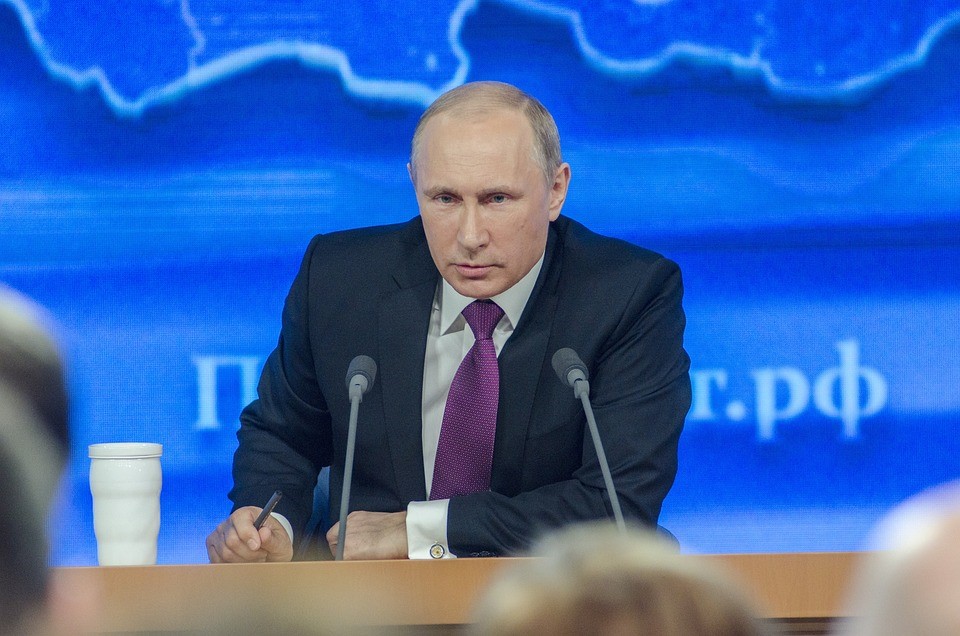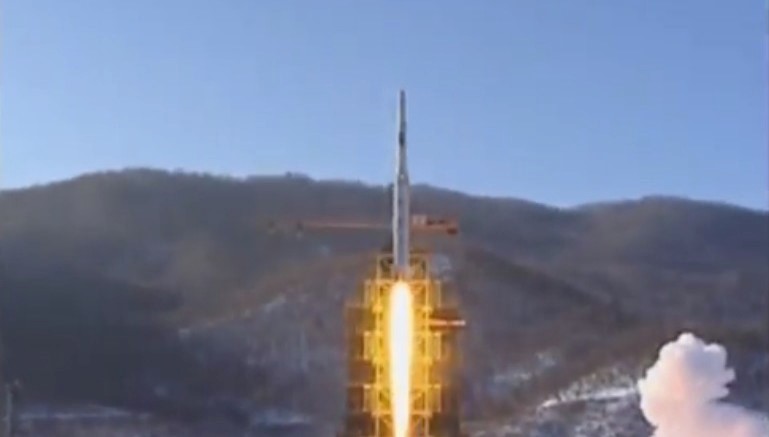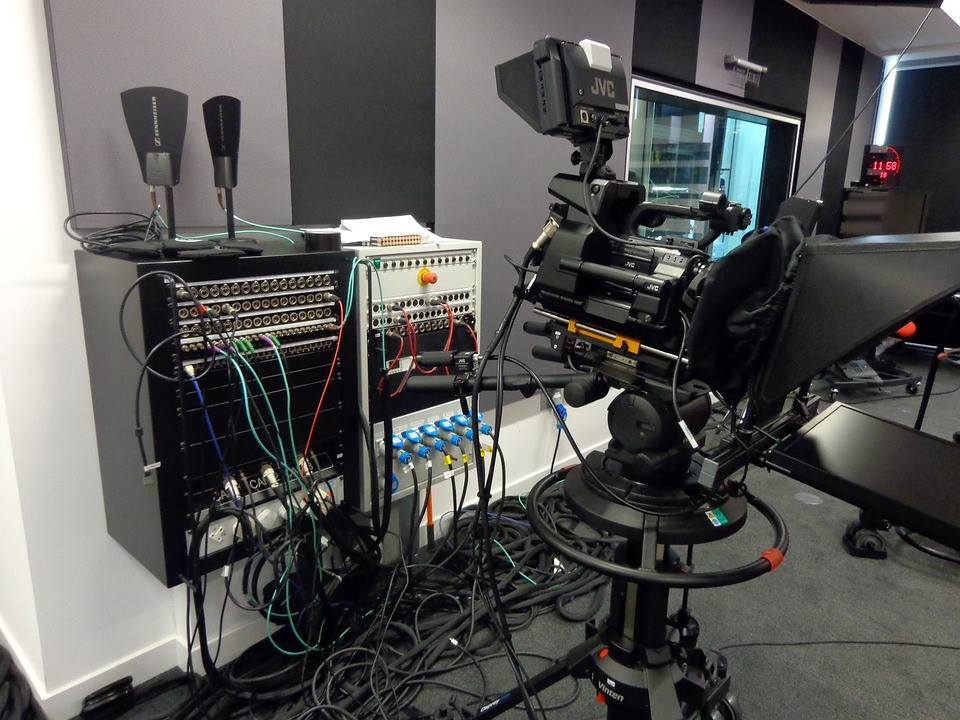In April, we discussed the facial insufficiency of the Indictment brought against former President Donald Trump in Manhattan Supreme Court. In particular, we noted that “(u)nder Section 200.50 of the New York State Criminal Procedure Law, ‘an indictment must contain…(a) statement in each count that the grand jury…accuses the defendant…of a designated offense,’ as well as ‘(a) plain and concise factual statement in each count which… asserts facts supporting every element of the offense charged and the defendant`s…commission thereof with sufficient precision to clearly apprise the defendant…of the conduct which is the subject of the accusation.'”
Regarding this issue, we noted that each count of the Trump Indictment “contains the exact same phrase; ‘with intent to defraud and intent to commit another crime and aid and conceal the commission thereof’…(t)his language would appear to track the language of NY Penal Law Section 175.10, which states that ‘a person is guilty of falsifying business records in the first degree…when his intent to defraud includes an intent to commit another crime or to aid or conceal the commission thereof.’”
No where does the Indictment identify the “other crimes” that Donald Trump was allegedly attempting to conceal when he falsified his business records. On this basis alone, we argued that the Indictment is insufficient, and must be dismissed, since Trump is not properly advised of which law he allegedly broke, and cannot adequately prepare a defense.
This issue, however, is only the tip of the iceberg of a much broader basis for a potential dismissal of Trump’s Indictment.
Falsifying Business Records in the First Degree is a Class E felony, the lowest level of felony offense under New York State law. Meanwhile, Falsifying Business Records in the Second Degree is only a Class A misdemeanor. The Second Degree charge only requires an “intent to defraud” when a person “(m)akes or causes a false entry in the business records of an enterprise,” while the First Degree requires the additional step of doing so with “an intent to commit another crime or to aid or conceal the commission thereof.”
This is a very important distinction between the felony charges brought against former President Trump, and the misdemeanor charges not brought. Under New York’s Criminal Procedure Law Section 30.10, a prosecution for a Class E felony must be brought within five years after the commission of the crime. A Class A misdemeanor must be brought within two years of the commission of the crime alleged.
In May, we discussed the application of the Statute of Limitations to the felony charges brought against the former President. At that time, we stated that “(a) review of the indictment reveals that the criminal acts alleged occurred on a variety of dates between February 14, 2017 and December 5, 2017. Yet, Donald Trump was not arraigned on these charges until April 4, 2023 – more than six years after the events happened.” We also noted that there are several “tolls” or extensions of the five year time period for the prosecution of a criminal charge – one being CPL Sec. 30.10(4), which states that “in calculating the time limitation applicable to commencement of a criminal action, the following periods shall not be included: (a) Any period following the commission of the offense during which (i) the defendant was continuously outside this state or (ii) the whereabouts of the defendant were continuously unknown and continuously unascertainable by the exercise of reasonable diligence.”
Thus, we noted that “it is entirely possible that the time Donald Trump spent in the White House, serving his country as the President of the United States, could be used against him in New York State Supreme Court.”
We also discussed the tolling of the Statute of Limitations due to a series of Executive Orders signed by former New York Governor Andrew Cuomo, which halted the running of the time to bring any legal action in New York State from March 20, 2020 to November 3, 2020, a total of approximately 8 months, or 228 days. Yet, as we also noted, this toll would not save all 34 counts of the Trump Indictment since at least the first 22 counts are beyond the time period affected by the toll.
But let us return to the underlying issue here – what are the “other crimes” that makes this a felony prosecution, instead of a time-barred misdemeanor?
Besides the Indictment, the Manhattan District Attorney’s Office also filed a Statement of Facts with the Manhattan Supreme Court. According to this document, “the Defendant (Donald Trump) orchestrated a scheme with others to influence the 2016 presidential election by identifying and purchasing negative information about him to suppress its publication and benefit the Defendant’s electoral prospects. In order to execute the unlawful scheme, the participants violated election laws and made and caused false entries in the business records of various entities in New York. The participants also took steps that mischaracterized, for tax purposes, the true nature of the payments made in furtherance of the scheme.”
In other words, the former President tried to influence a presidential election in which he was a candidate by suppressing negative information about himself. But as stated by James Bovard in the New York Post, “(d)oes Manhattan prosecutor Alvin Bragg believe political campaigns are governed by the Boy Scout oath and every candidate must be honest, trustworthy, clean and maybe reverent, too?… Lyndon Johnson won in 1964 because he deceived Americans about the Gulf of Tonkin resolution and his plans to plunge into war in Vietnam. Richard Nixon won in 1972 in part because Americans had not heard his Oval Office tapes exposing the cover up of the Watergate break-in. President Barack Obama was re-elected in 2012 in part because Americans did not know about the vast illegal National Security Agency spying operation that Edward Snowden exposed the next year. Does anyone expect President Joe Biden to open federal files to expose his debacles during his re-election campaign? ‘Suppressing negative information’ is standard operating procedure in Washington.”
Bovard’s point is well taken; but to be honest, it’s not the suppression of negative information that is the alleged crime – it’s the method used to cover up the payments.
According to the Statement of Facts, “at the Defendant’s request, a lawyer who then worked for the Trump Organization as Special Counsel to Defendant (“Lawyer A”), covertly paid $130,000 to an adult film actress shortly before the election to prevent her from publicizing a sexual encounter with the Defendant. Lawyer A made the $130,000 payment through a shell corporation he set up and funded at a bank in Manhattan. This payment was illegal, and Lawyer A has since pleaded guilty to making an illegal campaign contribution and served time in prison. Further, false entries were made in New York business records to effectuate this payment, separate and apart from the New York business records used to conceal the payment.”
“Lawyer A” is clearly former Trump attorney Michael Cohen, who, in August of 2018, “pleaded guilty to eight counts in federal court in New York…(t)hey include five counts of tax evasion, one count of falsifying submissions to a bank and two counts involving unlawful campaign contributions…(t)he counts related to campaign finance violations involved payments that were made to keep two women quiet during the (2016 Presidential) campaign…Cohen was ‘repaid at the direction of the candidate (Donald Trump)…with invoices for ‘services rendered.’ As described by Robert Khuzami, deputy U.S. attorney for the Southern District of New York at the time of Cohen’s guilty plea, those “invoices were a sham…merely reimbursement for illegal campaign contributions.”
What is important to notice here; Cohen plead guilty to federal charges, relating to federal election law violations, which are alleged to have occurred in the course of a federal election.
Turing again to the Statement of Facts, more details emerge regarding the nature of the “illegal campaign contributions”; “After the (2016 Presidential) election, the Defendant (Donald Trump) reimbursed Lawyer A (Michael Cohen) for the illegal payment through a series of monthly checks, first from the Donald J. Trump Revocable Trust (the ‘Defendant’s Trust’)—a Trust created under the laws of New York which held the Trump Organization entity assets after the Defendant was elected President—and then from the Defendant’s bank account. Each check was processed by the Trump Organization, and each check was disguised as a payment for legal services rendered in a given month of 2017 pursuant to a retainer agreement. The payment records, kept and maintained by the Trump Organization, were false New York business records. In truth, there was no retainer agreement, and Lawyer A was not being paid for legal services rendered in 2017. The Defendant caused his entities’ business records to be falsified to disguise his and others’ criminal conduct.”
In other words, Trump is alleged to have reimbursed “Lawyer A” (Michael Cohen) for the “illegal campaign contributions” Cohen made (that is, the “hush money” payments), and then falsified his own business records to disguise these reimbursement payments as “payment for legal services rendered” by Cohen to Trump.
Let us suppose that categorizing Trump’s payments to Cohen as “reimbursement for legal services rendered” is a falsification of the business records of the Trump Organization. That could fit the definition of Falsifying Business Records in the Second Degree – the Class A misdemeanor – “makes or causes a false entry in the business records of an enterprise.” But we are still left with one crucial question – where is the “intent to commit another crime or to aid or conceal the commission thereof” that makes these acts a felony under Falsifying Business Records in the First Degree?
According to a Statement issued by Manhattan District Attorney Alvin Bragg right after Donald Trump’s arraignment, “The People of the State of New York allege that Donald J. Trump repeatedly and fraudulently falsified New York business records to conceal crimes that hid damaging information from the voting public during the 2016 presidential election… As the Statement of Facts describes, the trail of money and lies exposes a pattern that, the People allege, violates one of New York’s basic and fundamental business laws.”
Putting this statement together with the Statement of Facts leads us to only one conclusion – the “other crime” which elevates the charge against Trump from a misdemeanor to a felony, is a violation of federal campaign finance laws, for actions taken in the course of the 2016 Presidential election.
This leads us to another question – does the District Attorney of Manhattan, elected to serve one of the five boroughs of New York City, have the authority, the jurisdiction, to prosecute a violation of federal election law? Even if that underlying federal crime serves only to support a New York State criminal charge being elevated from a misdemeanor to a felony?
Even CNN has its doubts about a federal charge serving as the basis for a state charge. “Exactly what this underlying crime was is not specified in the indictment itself, but rather teased in an accompanying statement of facts and in prosecutors’ remarks…(t)hey describe an ‘unlawful’ scheme to influence the 2016 election by keeping damaging information about Trump from reaching the public. The district attorney’s theory, as well as the lack of transparency around how Bragg intends to lay it out, is raising concern about whether the case will stand up in court. Election law expert Rick Hasen told CNN it was “far from a slam dunk…(i)t raises some political questions whether this is the case to bring,’ said Hasen, a professor at UCLA School of Law.” Hasen also told CNN that he was “’skeptical’ that a federal campaign finance prosecution could be used to back charges in a state court.”
According to Ian Millhiser writing at Vox, “Bragg built his case on an exceedingly uncertain legal theory. Even if Trump did the things he’s accused of, it’s not clear Bragg can legally charge Trump for them,at least under the felony version of New York’s false records law. As Mark Pomerantz, a former prosecutor in the Manhattan DA’s office who played a significant role in the Trump investigation prior to his resignation in 2022 wrote in a recent book, a key legal question that will determine whether Trump can be charged under the felony version of New York’s false records law has never been resolved by any appellate court in the state of New York. The felony statute requires Bragg to prove that Trump falsified records to cover up a crime. Bragg has evidence that Trump acted to cover up a federal crime, but it is not clear that Bragg is allowed to point to a federal crime in order to charge Trump under the New York state law. The answer to this ‘gnarly legal question,’ as Pomerantz put it, is simply unknown.”
Whether DA Bragg can prove the charges brought against former President Trump is another issue, for consideration on another day. For now, the fundamental question presented here is whether a local prosecutor can use an alleged (and to date, unspecified) violation of federal election law as the basis for an elevation of a state criminal charge from a misdemeanor (that would be time-barred from prosecution), into a felony.
With that question in mind, let us give the last word to George Washington University law professor Jonathan Turley. In a Fox News interview broadcast shortly after the indictment, Turley said that “[Bragg] is attempting to bootstrap [a] federal crime into a state case. And if that is the basis for the indictment, I think it’s rather outrageous…I think it’s illegally pathetic.”
Judge John Wilson (ret.) served on the bench in NYC
Illustration: Pixabay









